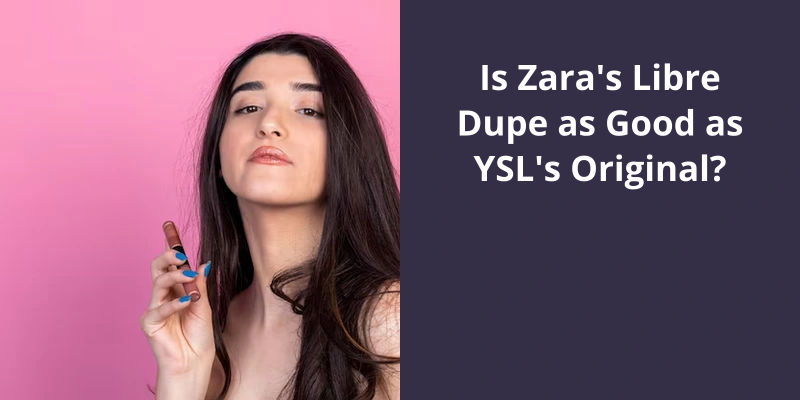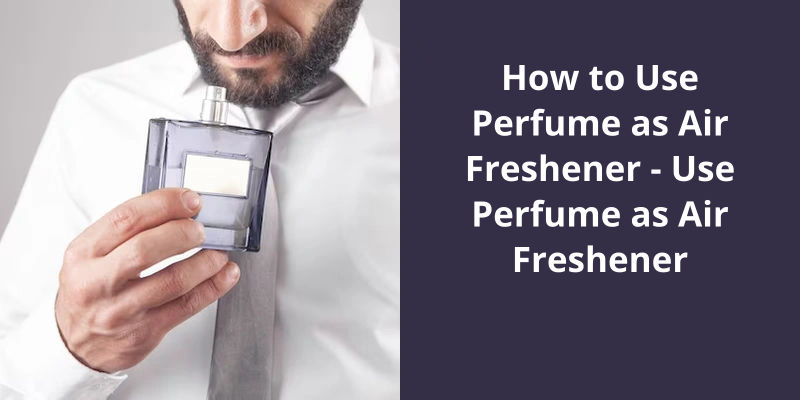Nerol, Geraniol, and Citronellol are all closely related, as they’re all natural compounds found in essential oils. Biologically, they are all monoterpenoids, a class of terpenes, which implies that they originate from similar chemical ‘building blocks’. Nerol and Geraniol are isomers, meaning they have the same molecular formula but different structural configurations. Both of them can be oxidized to form Citronellol. In other words, they are precursors to Citronellol. Their similar structures result in somewhat similar fragrances – floral and rose-like, common in many perfumes and aromatic products. All three have applications in the flavor and fragrance industry because of their appealing scents and tastes.

What Oils Are High in Citronellol?
Citronellol is a fragrant alcohol that’s commonly found in various essential oils. This compound is often used in the production of fragrances, as well as in the manufacture of insect repellents. The pleasant aroma of citronellol is attributed to it’s sweet, floral scent that’s a hint of citrus. Many plant species contain citronellol, but some oils have a higher concentration than others.
One of the most popular oils that’s high in citronellol is rose oil. The scent of roses is known for it’s romantic and soothing properties, and citronellol is a significant contributor to this effect. Another notable oil that contains citronellol is geranium oil. Geranium oil is commonly used in aromatherapy for it’s ability to promote relaxation and reduce stress.
Neroli essential oil is another oil that’s rich in citronellol. This oil is extracted from the flowers of the bitter orange tree and has a sweet, floral scent with a hint of citrus. The relaxing and calming properties of this oil make it a popular ingredient in many perfumes and aromatherapy blends. Chamomile essential oil is also high in citronellol, and it’s known for it’s calming and soothing effects on the mind and body.
This oil is extracted from the flowers of the Tagetes plant and has a pungent, herbaceous, and citrus-like scent. The high concentration of citronellol in tagetes oil makes it a popular ingredient in many cosmetics and perfumes. Basil essential oil is also high in citronellol and is popular for it’s refreshing and uplifting scent.
Lemongrass essential oil is rich in citronellol and is often used in aromatherapy for it’s ability to promote relaxation and reduce stress. Lavender essential oil is also high in citronellol and is famous for it’s calming and soothing properties.
Citronella has been used for years as a natural mosquito repellent due to it’s distinct fragrance. But what makes citronella so effective? The answer lies in it’s main ingredient, which is a combination of citronellol and geraniol. These two major components work together to create a scent that mosquitoes find unappealing, making citronella a popular choice for those seeking a natural alternative to chemical bug sprays.
What Is the Main Ingredient in Citronella?
When we think of citronella, we often think of it’s association with repelling insects like mosquitoes. This is because citronella oil is a natural insecticide and has been used for centuries as a way to deter pesky bugs. But what exactly is citronella, and what makes it so effective? The main ingredient in citronella oil is a combination of two chemical compounds: citronellol and geraniol.
Citronellol is a colorless liquid with a sweet, floral scent. It’s commonly found in a variety of plants and is used in the production of perfumes, soaps, and cosmetics. However, it’s best known for it’s insecticidal properties. When citronellol is released into the air, it masks the scent of other attractants, making it difficult for mosquitoes to locate their prey.
Geraniol also has insecticidal properties and is used in a variety of bug sprays and insect repellents. Interestingly, geraniol is also known to have antibacterial and anti-inflammatory properties, making it a valuable ingredient in many skincare products.
In addition to it’s insecticidal properties, citronella oil has also been used for it’s antifungal and antiseptic properties. It’s been traditionally used to treat skin infections and wounds, and is believed to have healing properties when applied topically. Citronella oil is also used as a natural fragrance in candles, soaps, and air fresheners.
Despite it’s effectiveness as an insect repellent, there are some concerns about the safety of citronella oil. When used in high concentrations, it can cause skin irritation and allergic reactions. Additionally, citronella oil should never be ingested, as it can be toxic when consumed. It’s important to use citronella products as directed, and to read the labels carefully to ensure proper usage and dosage.
It’s commonly used to repel mosquitoes and other bugs, and has additional antifungal and antiseptic properties.
The Role of Citronella Oil in Aromatherapy and It’s Potential Mental Health Benefits.
Citronella oil is a commonly used essential oil in aromatherapy, which is the practice of using essential oils to promote physical and mental health. Studies suggest that citronella oil may have potential mental health benefits, such as reducing stress and anxiety and improving relaxation. However, more research is needed to determine it’s effectiveness and safety for use in treating mental health conditions.
Source: Citronella oil
In addition to their different isomeric forms, geraniol and nerol also have distinct olfactory properties, with nerol being perceived as fresher than geraniol. However, these two compounds are often used interchangeably in various industries due to their similar chemical structures and uses. Let’s take a closer look at their individual characteristics and applications.
What Is the Difference Between Geraniol and Nerol?
Geraniol and nerol are both monoterpenoids, which are organic compounds commonly found in spices, herbs, and essential oils. They’re isomers, meaning that they’ve the same molecular formula but different structural arrangements. This structural difference is what gives them different properties, such as odor and chemical reactivity.
Geraniol is found in many essential oils, including rose, geranium, and citronella. It’s used as a natural insect repellent, as well as in the production of fragrances and flavors. It’s also used in the manufacture of pharmaceuticals and as a solvent in some industrial processes.
Nerol is also found in many essential oils, including neroli and lemongrass. It’s used in perfumes and flavorings, as well as in the manufacture of pharmaceuticals. Nerol is also believed to have antimicrobial and anti-inflammatory properties, making it useful in natural medicine.
While both have a rose-like scent, nerol is known for it’s fresh aroma.
The Uses and Benefits of Other Monoterpenoids Found in Essential Oils and Spices.
- Alpha-pinene: Used for respiratory support and as an anti-inflammatory agent.
- Beta-pinene: Used for it’s anti-inflammatory, antiseptic, and expectorant properties.
- Camphene: Used as an antiseptic and for it’s ability to improve respiratory function.
- Linalool: Used for it’s calming properties and ability to reduce stress and anxiety.
- Limonene: Used for it’s ability to improve mood and reduce stress, as well as for it’s anti-inflammatory and antioxidant properties.
- Myrcene: Used for it’s ability to reduce pain and inflammation, as well as for it’s sedative and relaxing properties.
- Terpinen-4-ol: Used for it’s antimicrobial properties and ability to fight infections.
- Thymol: Used for it’s antimicrobial and antiseptic properties, as well as for it’s ability to improve respiratory function.
Now that we’ve a brief understanding of what nerol is and where it can commonly be found, let’s delve deeper into it’s benefits and uses in perfumery and beyond.
What Is the Ingredient Nerol?
Nerol is widely used in perfumery due to it’s unique fragrance. It’s sweet, floral, and citrusy aroma is appreciated for it’s ability to boost mood and promote relaxation. It’s also used as a flavoring agent in food and beverages, adding a floral taste to the products.
Nerol is produced from citral, a chemical compound found in plants such as lemon grass and verbena. It can be extracted by various methods, including steam distillation and solvent extraction.
Nerol is considered safe for human consumption in small amounts. It’s generally recognized as safe by the US Food and Drug Administration (FDA) and is approved for use as a flavoring agent in foods, cosmetics, and personal care products. However, like any other compound, it can cause allergies or skin irritation in some individuals. Hence, it’s always advisable to test the product on a small area of skin before using it regularly.
It’s sweet, floral, and citrusy aroma makes it a popular choice in perfumery and flavoring agents. Although more research is required to establish it’s therapeutic potential, it’s generally considered safe for human consumption in small amounts.
Applications of Nerol in Aromatherapy and It’s Potential Benefits for Mental Health and Well-Being
- Reducing anxiety and stress levels
- Enhancing relaxation and promoting better sleep
- Helping to alleviate symptoms of depression
- Improving concentration and cognitive function
- Aiding in pain relief and reducing inflammation
- Boosting mood and promoting overall well-being
Now that we know what geraniol is, let’s explore it’s various uses and benefits. From skincare to aromatherapy, geraniol has a lot to offer in terms of it’s versatility and effectiveness. But before we delve deeper, let’s first take a look at some of the other names that geraniol goes by, including one that may surprise you.
What Is Another Name for Geraniol?
While the name geraniol might not ring a bell for most people, the substance is actually quite common and is found in many everyday products. In addition to it’s use in perfumes and essential oils, it’s often used as a flavoring agent in foods and beverages. It’s also an important ingredient in insect repellents, where it helps to keep mosquitoes and other pests at bay.
As mentioned earlier, it’s a monoterpenoid alcohol and is derived from geraniol acetate, a compound found in many essential oils. Scientists have been fascinated by geraniol for a long time, and a great deal of research has gone into understanding it’s chemical properties and potential applications.
Some studies have suggested that it may have antimicrobial properties and could be used to treat infections caused by bacteria or fungi. It’s also been shown to have anti-inflammatory effects, which could make it a useful tool for managing conditions like arthritis or other inflammatory diseases.
Whether you’re interested in using essential oils, looking for natural remedies for common health conditions, or just curious about the world of plant-based compounds, geraniol is sure to have something to offer. So if you havent already, take some time to learn more about this unique and fascinating substance today!
The Chemical Structure and Properties of Geraniol
- Geraniol is a monoterpenoid alcohol.
- It’s chemical formula is C10H18O.
- It’s found in the essential oils of many plants, including roses, lemons, and citronella.
- Geraniol has a rose-like odor and is used in perfumes, soaps, and flavorings.
- It’s antimicrobial and anti-inflammatory properties.
- Geraniol can be synthesized from citronellol or nerol.
- It’s commonly used as a natural insect repellent and is considered safe for use on the skin.
- Geraniol can also be found in some wines and fruits, including grapes and peaches.
Conclusion
These organic compounds belong to the same family of terpenes and are commonly found in various plants and flowers. Furthermore, these compounds have been extensively researched for their potential benefits in improving human health. Although they’ve similar properties and functions, their differing chemical compositions allow for nuanced variations in their effects and applications.





